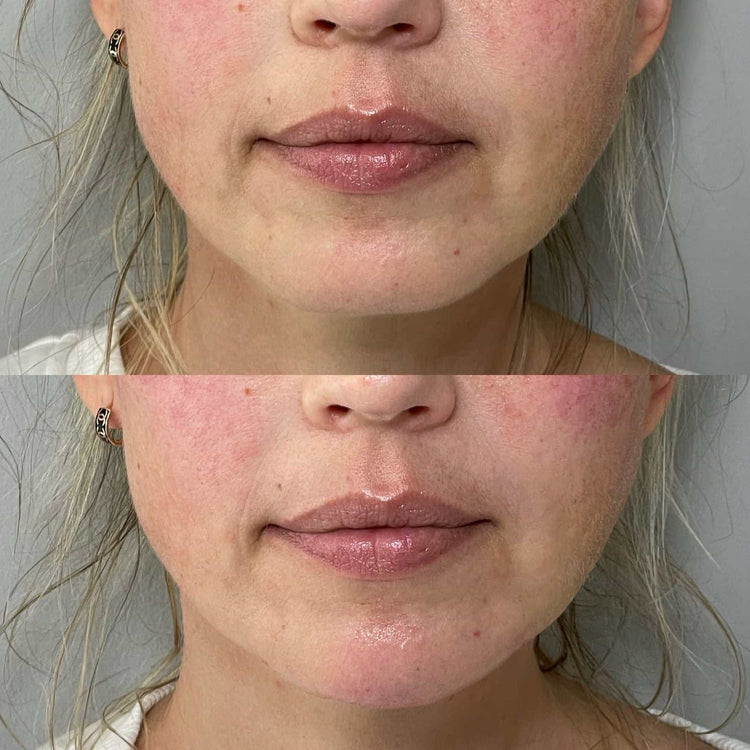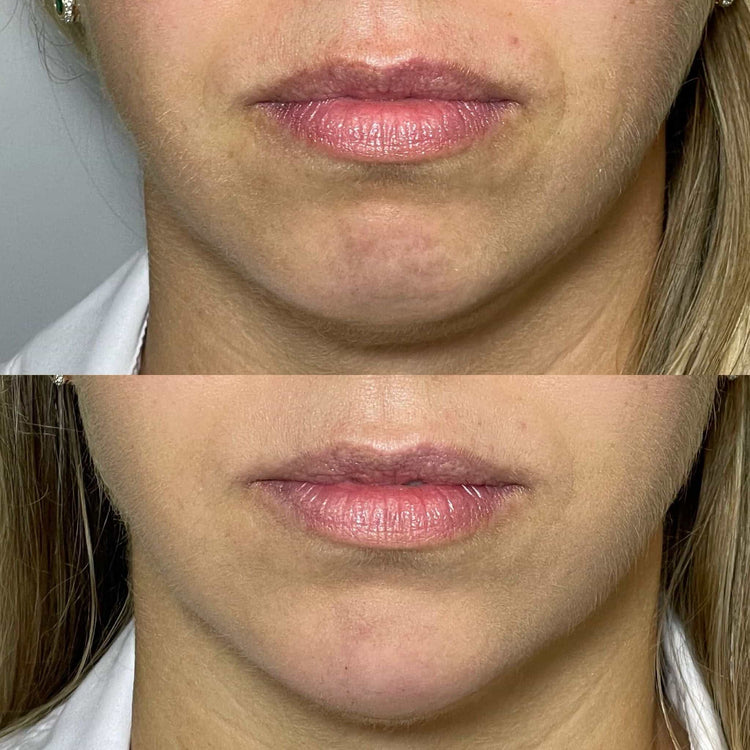Causes of Labiomental Creases
Labiomental creases, those vertical lines that appear between your lip and chin, are a common concern for many people as they age. These creases can make individuals appear older or sadder than they feel, impacting their self-confidence and overall appearance. Understanding the factors that contribute to the formation of these wrinkles is the first step toward exploring effective treatment options.
Aging
Labiomental creases form primarily due to repeated muscle contractions and facial expressions over time. As we age, our skin loses its elasticity and collagen production decreases, making it more susceptible to wrinkling. The muscles that control the movement of the lips, particularly those surrounding the mouth and chin, contribute significantly to the formation of these creases.
Certain lifestyle factors can also exacerbate labiomental crease development. Smoking, for example, damages collagen fibers and accelerates skin aging. Sun exposure without adequate protection leads to photoaging, which further contributes to wrinkle formation. Additionally, genetics plays a role in skin thickness and elasticity, influencing an individual’s predisposition to developing creases.
Sun Exposure
Sun exposure is a significant contributor to the development of labiomental creases. Excessive exposure to ultraviolet (UV) radiation from the sun damages the collagen and elastin fibers that provide structure and elasticity to the skin. This damage leads to photoaging, causing wrinkles, fine lines, and loss of firmness, which can make labiomental creases more prominent.
Facial Expressions
Labiomental creases, those vertical lines between the lip and chin, are a common concern as we age. These creases deepen over time due to repeated muscle contractions involved in facial expressions like smiling, frowning, or talking. As we get older, our skin loses elasticity and collagen production decreases, making it more prone to wrinkling.
While these creases are a natural part of aging, certain lifestyle factors can accelerate their appearance. Smoking damages collagen fibers, contributing to premature skin aging. Excessive sun exposure without proper protection leads to photoaging, which weakens the skin and makes wrinkles more prominent. Genetics also play a role; some individuals are genetically predisposed to having thinner or less elastic skin, making them more susceptible to developing labiomental creases.

How Fillers Can Help
Labiomental creases, the vertical lines that appear between your lip and chin, are a common concern as we age. These creases can make us appear older than we feel, impacting self-confidence. Understanding what causes these lines is essential for exploring effective treatment options.
Procedure Overview
Labiomental creases form primarily due to repeated muscle contractions and facial expressions over time. As we age, our skin loses its elasticity and collagen production decreases, making it more susceptible to wrinkling. The muscles that control the movement of the lips, particularly those surrounding the mouth and chin, contribute significantly to the formation of these creases.
- Repeated facial expressions like smiling, frowning, or talking can lead to the formation of these lines over time.
- Loss of elasticity in the skin due to aging contributes to the deepening of these creases.
- Decreased collagen production as we age makes the skin thinner and more prone to wrinkling.
Fillers can effectively address labiomental creases by restoring volume and smoothing out the appearance of wrinkles. The procedure involves injecting a gel-like substance, typically hyaluronic acid, into the crease area. Hyaluronic acid is a naturally occurring substance in the body that helps to hydrate and plump up the skin.
- During the procedure, a fine needle is used to deposit the filler precisely into the crease, targeting areas of volume loss.
- The filler works by lifting and smoothing the skin, reducing the appearance of wrinkles and creating a more youthful contour.
- The results are typically immediate and can last for several months to a year, depending on the type of filler used and individual factors.

Types of Fillers Used
Fillers are an effective way to address facial wrinkles and restore volume. They work by injecting a gel-like substance into the skin, plumping it up and smoothing out creases.
Hyaluronic acid is the most commonly used filler for labiomental creases. It’s a natural substance found in the body that attracts and retains water, giving the skin a hydrated and plump appearance.
Other types of fillers include poly-L-lactic acid (PLLA) and calcium hydroxylapatite (CaHA).
PLLA stimulates collagen production, leading to a more long-lasting improvement in skin texture. CaHA is known for its immediate volumizing effect.
Benefits of Filler Treatment
Fillers offer a safe and effective way to minimize the appearance of labiomental creases, enhancing facial harmony and restoring a more youthful look.
By replenishing lost volume and smoothing out wrinkles, fillers can create a smoother, more defined transition between the lip and chin.
This correction can lead to a more balanced and aesthetically pleasing appearance, boosting confidence and self-esteem.
Duration of Results
Fillers offer a non-surgical solution for minimizing the appearance of labiomental creases. They work by injecting gel-like substances beneath the skin, plumping it up and smoothing out wrinkles.
The results from filler injections typically last between six months to two years. The duration depends on various factors such as the type of filler used, individual metabolism, and lifestyle habits.
Potential Side Effects and Risks
Fillers can be an effective way to minimize the appearance of labiomental creases, but it’s important to understand both the potential benefits and risks involved.
- Fillers can help restore volume and smooth out wrinkles, creating a more youthful contour.
- Results are typically immediate and can last for several months to a year, depending on the type of filler used.
However, like any medical procedure, fillers carry potential side effects and risks.
- Common side effects include swelling, redness, bruising, and tenderness at the injection site. These usually subside within a few days.
- More serious risks, though rare, can include infection, allergic reactions, and vascular occlusion (blockage of blood vessels). It’s crucial to choose a qualified and experienced injector to minimize these risks.
It is important to have a consultation with a board-certified dermatologist or plastic surgeon to determine if fillers are right for you and to discuss potential risks and benefits in detail.
- Who Is Not A Candidate For Under Eye Fillers? - June 29, 2025
- What Makes Baby Botox The Ideal Treatment For First-timers In London - June 27, 2025
- What Causes Labiomental Creases And How Fillers Can Help - June 26, 2025
